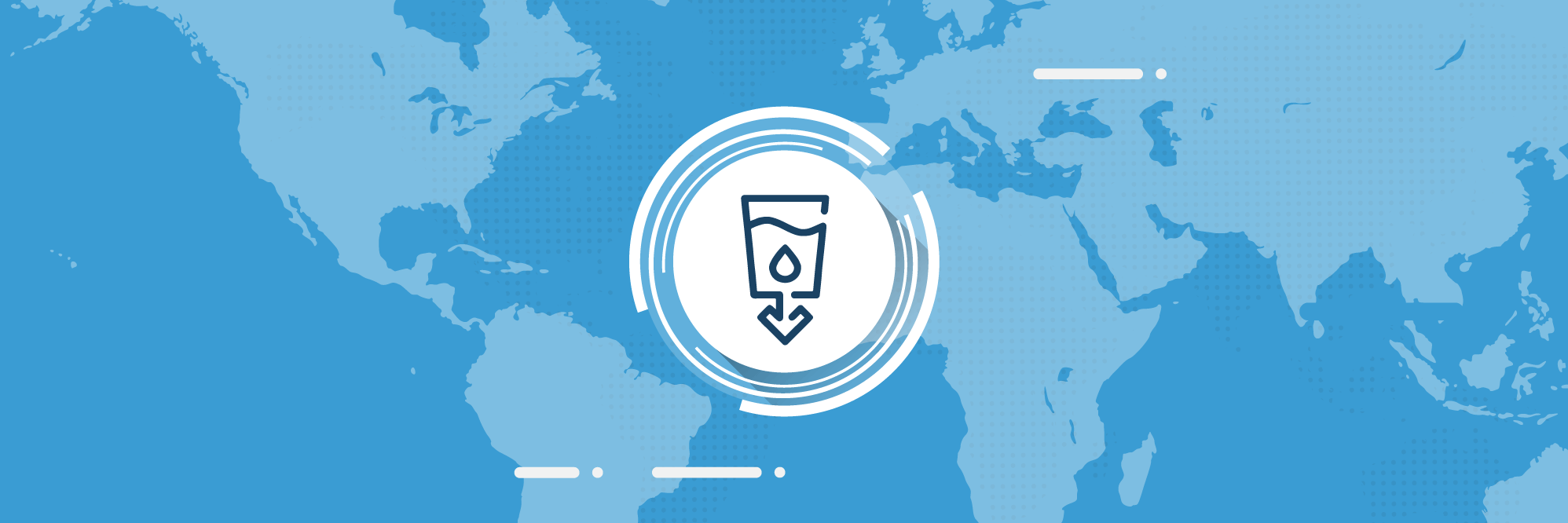Water purification, soil formation, and climate regulation are benefits of the natural environment that we have taken for granted for quite some time. Rarely do we think about where these benefits come from and whether we will be able to afford them in the future. Nonetheless, the latest evolutions have unveiled a rather alarming reality, with some of these benefits already transforming into traded commodities. The purpose of this article is using the example of water to demonstrate that these benefits are services that tend to become progressively more expensive as our activities threaten their provision.
Scarce water resources?
The role of water in human life is undeniable as it is of utmost importance for producing foodstuff, conducting numerous other processes, securing our health, ensuring a healthy environment etc. For a very long-time water was considered to be an unlimited resource as its level of usage allowed it to naturally renew annually. Apart from people living in arid and drought-prone areas, many others still think that there is no need to worry about water as there is plenty of it.
However, the reality indicates that this is no longer the case. Of all the water present on Earth, only 2.5% is freshwater, of which about 1% is easily accessible, the rest taking the form of glaciers and snowfields.
Whilst this resource is already limited, the reserves of freshwater are being depleted due, first of all, to a very high rate of water consumption:
‘Global freshwater consumption rose six-fold between 1900 and 1995 – at more than twice the rate of population growth’ (UNEP, 1999)
Another very important aspect is the high level of water pollution. Polluted waters are unusable for humans and are costly to be purified using technology.
Agriculture and water
A major activity affecting the water cycle is agriculture. As a matter of fact, the agricultural sector appears to be the one with the highest demand for water:
‘Agriculture irrigation accounts for 70% of water use worldwide and over 40% in many countries of the Organisation for Economic Co-operation and Development (OECD). Intensive groundwater pumping for irrigation depletes aquifers and can lead to negative environmental externalities, causing a significant economic impact on the sector and beyond. In addition, agriculture remains a major source of water pollution; agricultural fertiliser run-off, pesticide use, and livestock effluents all contribute to the pollution of waterways and groundwater.’ (OECD, 2020)
One of the consequences of fertilizer run-off is eutrophication which basically means severe water quality degradation that triggers the death of the entire body of water and its ecosystem.
Water traded as commodity
Meanwhile, Wall Street began trading water as a commodity in a similar way as it does oil and gold, an initiative being ‘prompted by the worsening heat, drought, and wildfires fuelled by climate change’ in the American West. Some welcomed this initiative, noting that it would help farmers to appropriately plan the financial resources needed to secure a water supply. Others slammed the move, saying that trading water as a commodity puts in jeopardy a basic human right.
While this may create additional pressure on more vulnerable communities, and in particular small-holder farms, such initiatives reinforce concerns about water scarcity in general but principally in the agricultural and food sectors. As a matter of fact, some of the aforementioned factors already contributed to an increase in water prices earlier in 2017 and 2018 when ‘the average combined water and wastewater tariff rose by 3.8%’ almost as much as the level of global inflation.
Although this year many countries saw an unprecedented fall in water tariffs prompted to a large extent by the ongoing pandemic, water scarcity and price volatility still represent serious risks. According to the UN, approximately 1.8 billion people will experience water scarcity by 2025, and by 2030 global water deficit will amount to 40%.

